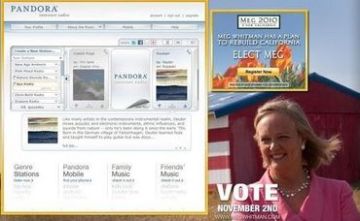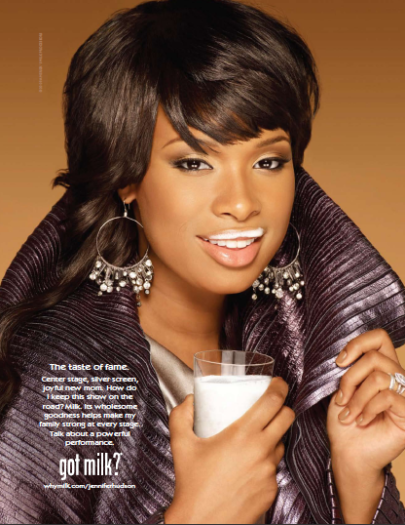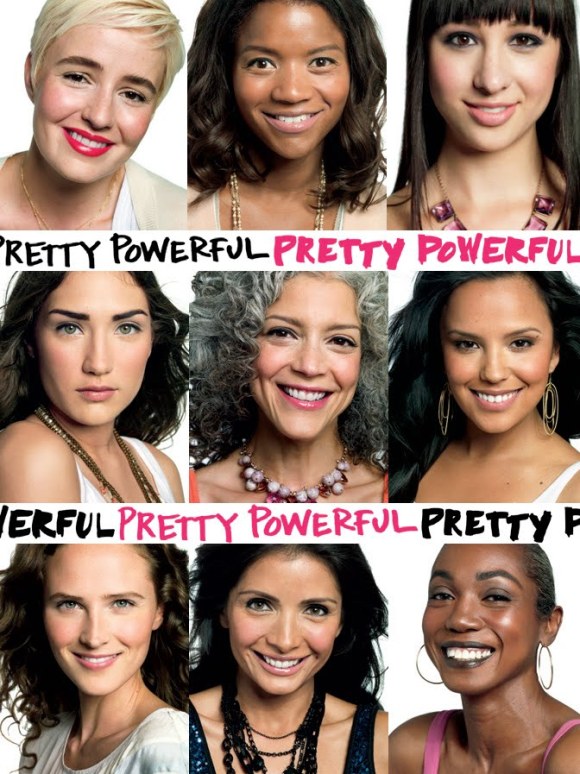On August 30, 2012 I wrote my first blog for this class and my first blog, ever. Now almost four months later, it is really interesting for me to look back on all of the blogs that I have written. I feel that over the course of the semester it is very apparent through my blogs that I have really learned a great deal about advertising. This class has impacted the way that I view advertising and the long, intricate process that goes into every single ad.
One of my favorite parts about this course that I really enjoyed to blog about was the guest speakers. Every speaker that came and talked to our class was very experienced and had so much to offer and teach us as potential advertisers in the making. One speaker that really sticks out in my mind is Chris Shumaker. As the Chief Marketing Officer for Publicis Worldwide in the USA, I expected him to be very intimidating and stern. On the contrary, he was extremely friendly and made the class feel like our opinions truly mattered. He wanted to know our feedback on his razor campaign and seemed genuinely interested in our responses. Also, when our group spoke with him at the Marketing Advisory Board meeting he gave us some great advice on what he liked about our brief and what we could improve on. I thought he was a great inspiration as someone I would enjoy working for.
The most valuable thing I got out of this class was the experience I gained creating a creative brief and a creative pitch. When presenting to the Marketing Advisory Board, I felt very proud of the work that my group had done in creating a solid pitch for Cuties. It definitely did not come as easily as I had expected, but I think the end result was worth the hours that went into it. I plan to include that brief in my resume as work experience that future employers would hopefully be impressed with. Advertising is a very exciting and challenging field that I have really enjoyed learning about, and I hope that I have the opportunity to learn more in the future.
Sources:
Me








